February 6, 2025 | 22:53 GMT +7
February 6, 2025 | 22:53 GMT +7
Hotline: 0913.378.918
February 6, 2025 | 22:53 GMT +7
Hotline: 0913.378.918
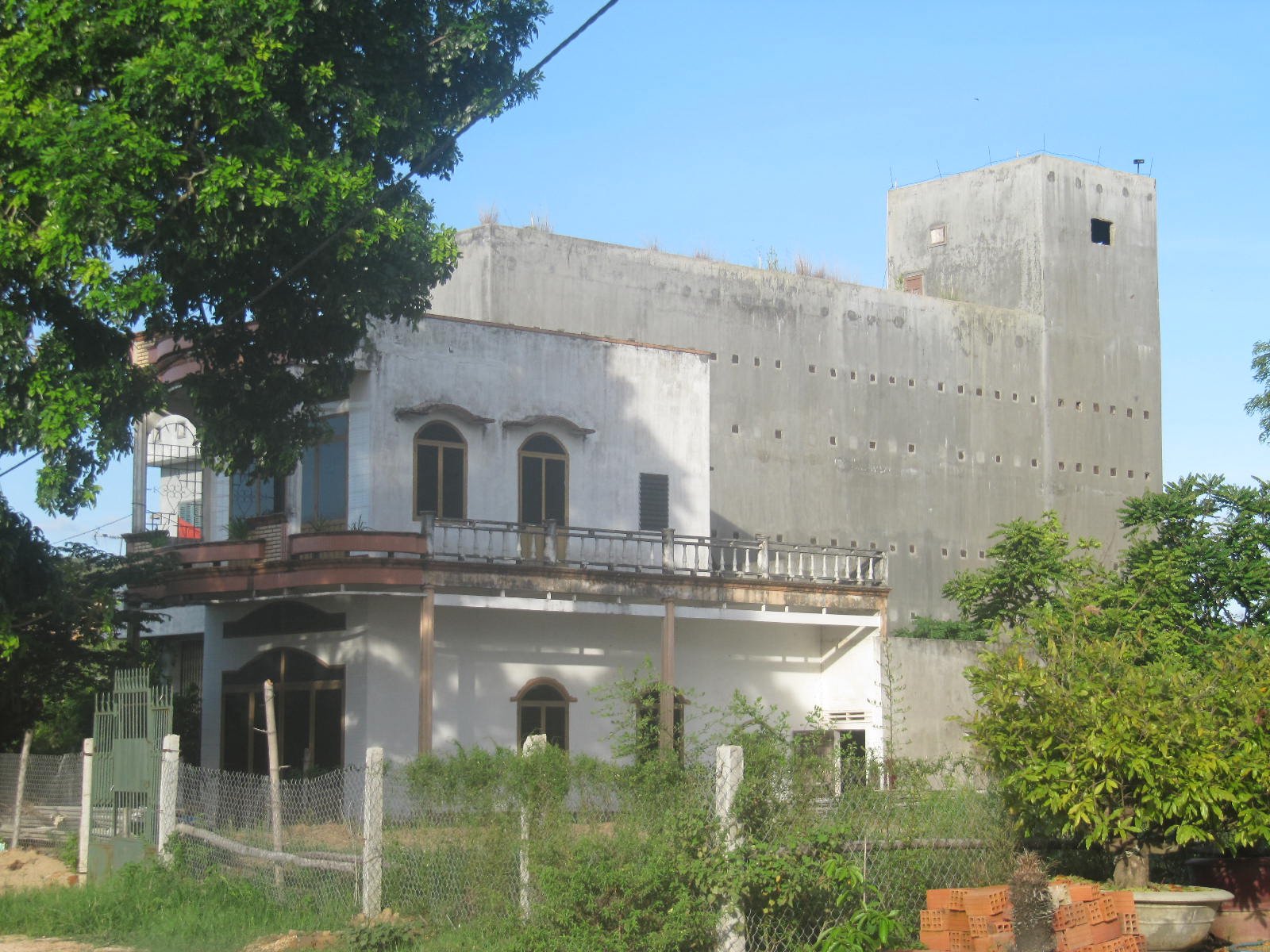
A human and swiftlet cohabitation model in Binh Dinh province. Photo: V.D.T.
According to Binh Dinh province's Department of Livestock Production and Animal Health, the occupation of breeding, luring, and exploiting products from swiftlets has been thriving in the province since 2004. The number of swiftlet houses has gradually increased over the years, with continuous improvements in scale and breeding techniques.
There were only 268 swiftlet houses in Binh Dinh province in 2016. This number has since skyrocketed to 1,500 active swiftlet houses with no signs of deceleration.
These swiftlet houses are distributed among 45 communes, wards, and towns throughout the province, with the highest concentration in Quy Nhon city, as well as in the districts of Tuy Phuoc, Phu My, Phu Cat, An Nhon town, and Hoai Nhon town.
Due to the high economic returns from swiftlet farming, many households have expanded or renovated their existing homes to invest in swiftlet farming. These spontaneous swiftlet farming activities are often unreported and unregistered, which means they operate outside the control of regulatory agencies.
This practice has resulted in various negative consequences and shortcomings. Namely, swiftlet houses can now be found within urban areas, and both people and swiftlets cohabit in multi-story buildings. Several swiftlet houses are located within residential neighborhoods, with some adjacent to schools.
The use of sound signals to lure swiftlets has disrupted the daily lives of the local community. Most notably, it affects the learning environment of students when swiftlet houses are situated adjacent to schools. The hygiene and poison control, disinfection, disease prevention and monitoring in swiftlet houses in Binh Dinh province are unsatisfactory, resulting in a high risk of H5N1 avian influenza infection among swiftlets which is beyond the control of relevant authorities.
The most rapid and extensive swiftlet farming activities in Binh Dinh province are concentrated in Quy Nhon city, with the most active swiftlet houses residing in coastal areas.
Despite the lack of official statistics, Quy Nhon city has seen a rapid growth in the number of households engaged in spontaneous swiftlet farming at over 130 households located in the districts of Nhon Phu, Nhon Binh, Dong Da, Hai Cang, Tran Hung Dao, and Ly Thuong Kiet. Additionally, there are natural swiftlet nest harvesting activities on the islands belonging to Nhon Ly and Nhon Hai communes. Accordingly, these activities are managed by Yen Ngoc Binh Dinh Joint Stock Company.
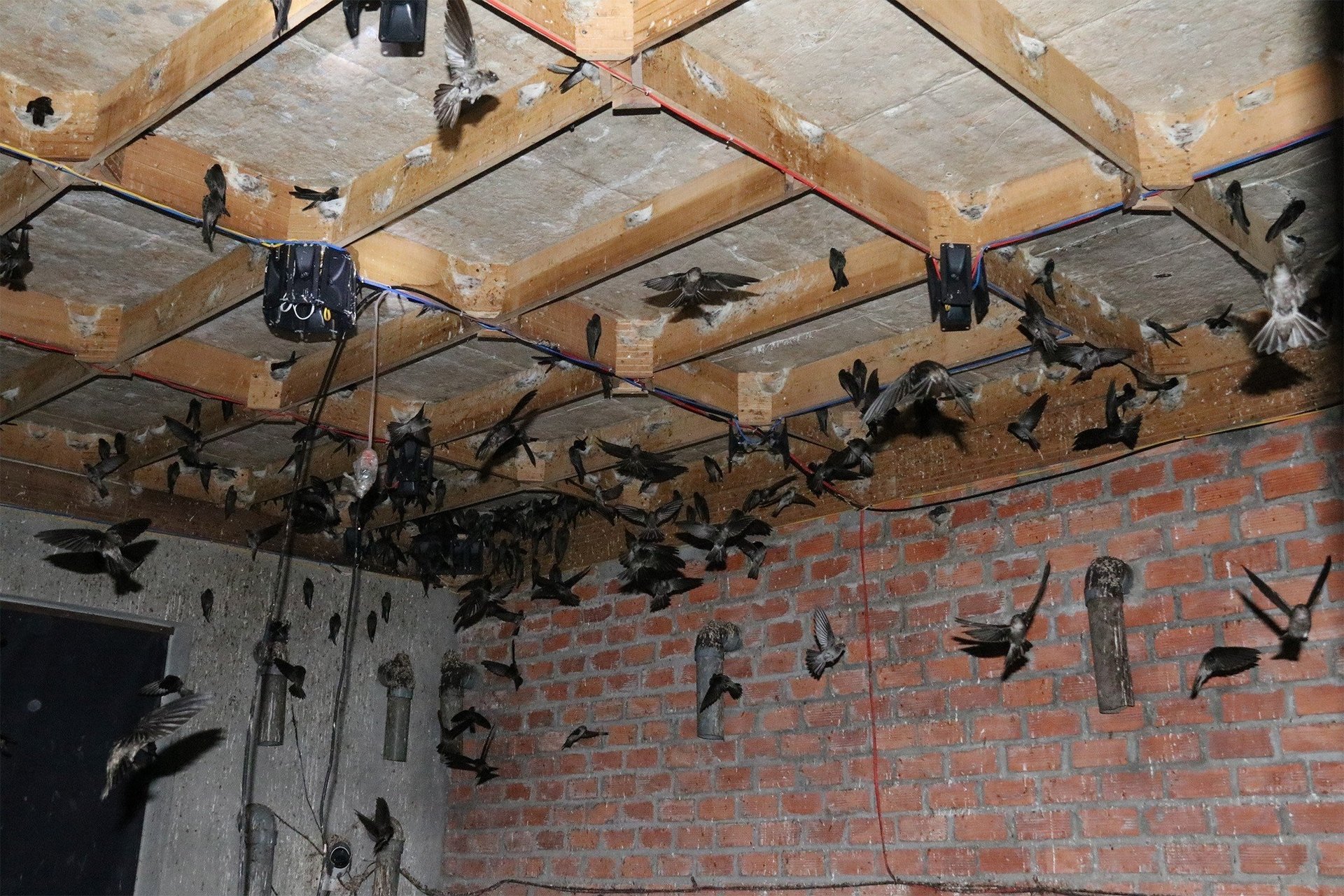
The hygiene and poison control, disinfection, disease prevention, and monitoring in swiftlet houses in Binh Dinh province are unsatisfactory, resulting in a high risk of H5N1 avian influenza infection among swiftlets. Photo: V.D.T.
The most prominent area with swiftlet houses is located in Nhon Binh ward, with over 40 households engaged in swiftlet farming in Area I (eastern residential area along Dien Bien Phu Street).
According to Mr. Huynh Ngoc Diep, General Director of the Binh Dinh province's Department of Livestock Production and Animal Health, the scale of swiftlet farming in the province ranges from 100 to 500 nests per household. The number of nests per household varies depending on the farming area and the effectiveness of swiftlet luring to build nests.
Mr. Diep also noted that majority of swiftlet farming households in Binh Dinh province operate under the cohabitation model, with swiftlets living on the upper floor and humans living on the lower floor.
The primary farming method consists of luring swiftlets to nest within the houses by using special sound devices. The continuous sound emissions from these swiftlet houses throughout the day can be extremely disruptive for nearby residents.
"This issue has persisted for a long time and has led to many consequences such as noise pollution, environmental pollution from waste generated by swiftlet farming activities, and a potential risk of disease transmission, with the local community being the main victim. Many households have lodged complaints with local governments and relevant agencies," Mr. Diep added.
Binh Dinh province's Department of Livestock Production and Animal Health has developed a master plan to regulate swiftlet farming activities. Accordingly, the master plan dictates concentrated swiftlet farming activities in the province for the years between 2018 and 2023, with a vision towards 2030.
Over the past three years, the hunting and trapping of swiftlets and other birds using "invisible" nets has become rampant in Binh Dinh province. These invisible nets feature fine and hard-to-see threads.
The invisible nets are typically two to three meters wide and hundreds of meters long, stretched between two bamboo poles erected in the middle of fields. Subsequently, hunters use birdcall devices or bird decoys placed in the middle of the nets to lure swiftlets into the traps.
The end of the summer rice harvest season in the eastern communes of Tuy Phuoc district, Binh Dinh province marks the "hunting season" for swiftlets. There are two prime times for swiftlet hunting: from 5 to 7 in the morning when swiftlets search for food, and from 3 to 5 in the afternoon when they return to their nests.
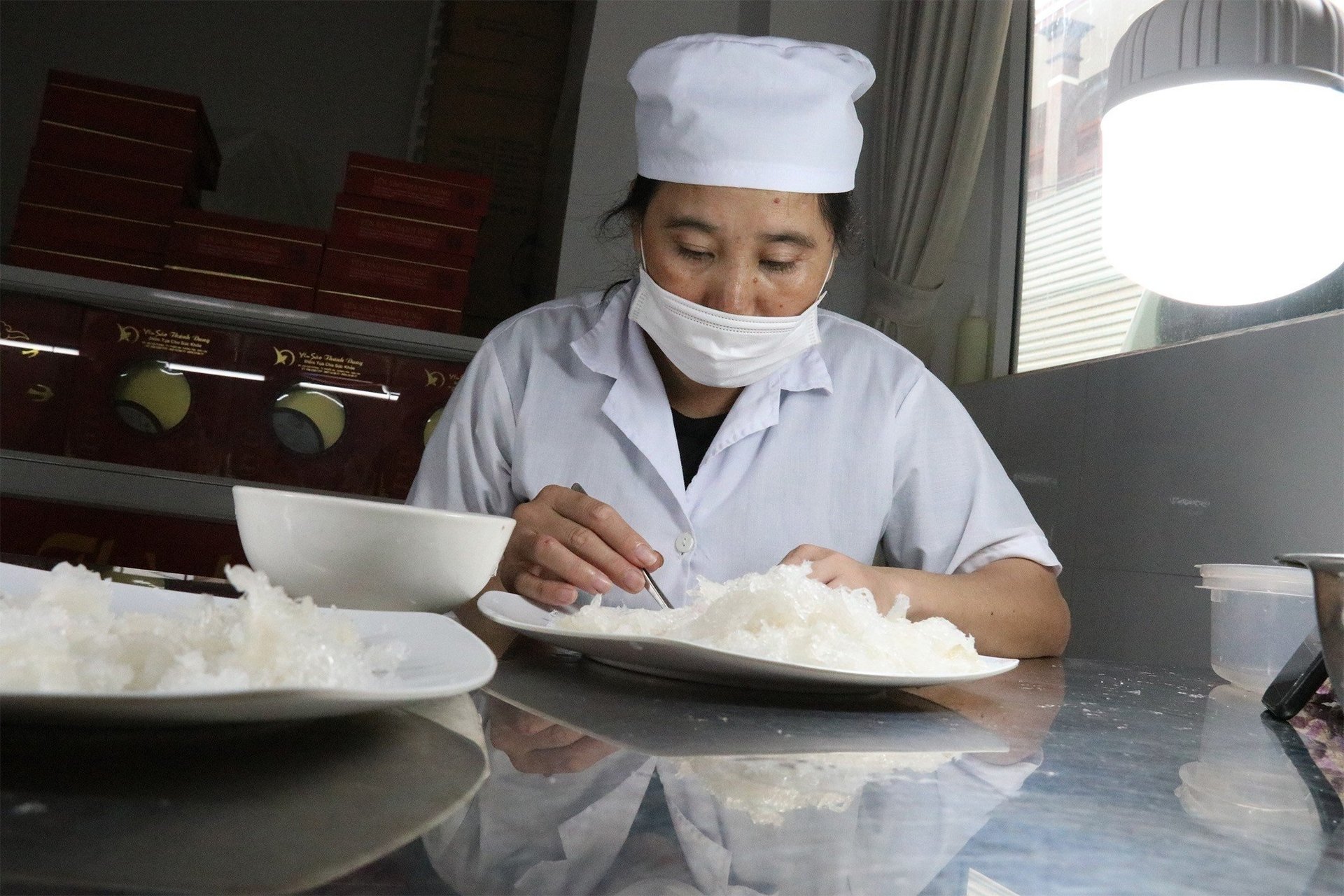
The price for hunted swiftlets ranges from 2,000 to 3,000 VND per bird. However, a pair of swiftlets can yield an annual profit of at least 1 million VND through nest harvesting.
Illegally hunted swiftlets are primarily supplied to eateries as a delicacy. They are often presented as sparrows, a favorite snack among male diners.
According to the Swiftlet Association of Binh Dinh province, there are currently more than 1,500 swiftlet houses operating in the province, with a total construction area of over 200,000 square meters and more than 1,300 households engaged in swiftlet farming.
Without measures to protect the wild swiftlet populations, there is a risk of endangering the existence of this species and disrupting the ecological balance. Moreover, the aforementioned activities can significantly harm the indoor swiftlet farming industry, impacting the economic livelihood of numerous households.
"Illegally hunted swiftlets are sold for as little as 2,000 to 3,000 VND per bird. However, with proper protection, a pair of swiftlets can yield a profit of up to 1 million VND every year through nest harvesting," noted Mr. Nguyen Van Man, Chairman of the Swiftlet Association of Binh Dinh Province.
In response to this issue, Binh Dinh Provincial People's Committee has directed relevant agencies to enhance the implementation of measures to prevent the illegal hunting of swiftlets in the wild within the province.
As a result, provincial leaders have instructed the Department of Agriculture and Rural Development, the Provincial Police, local governments, and relevant departments to establish inter-sectoral inspection teams to detect and strictly handle violations in the management of swiftlet farming activities, as well as organizations or individuals involved in hunting, buying, selling, and transporting swiftlets within the province.
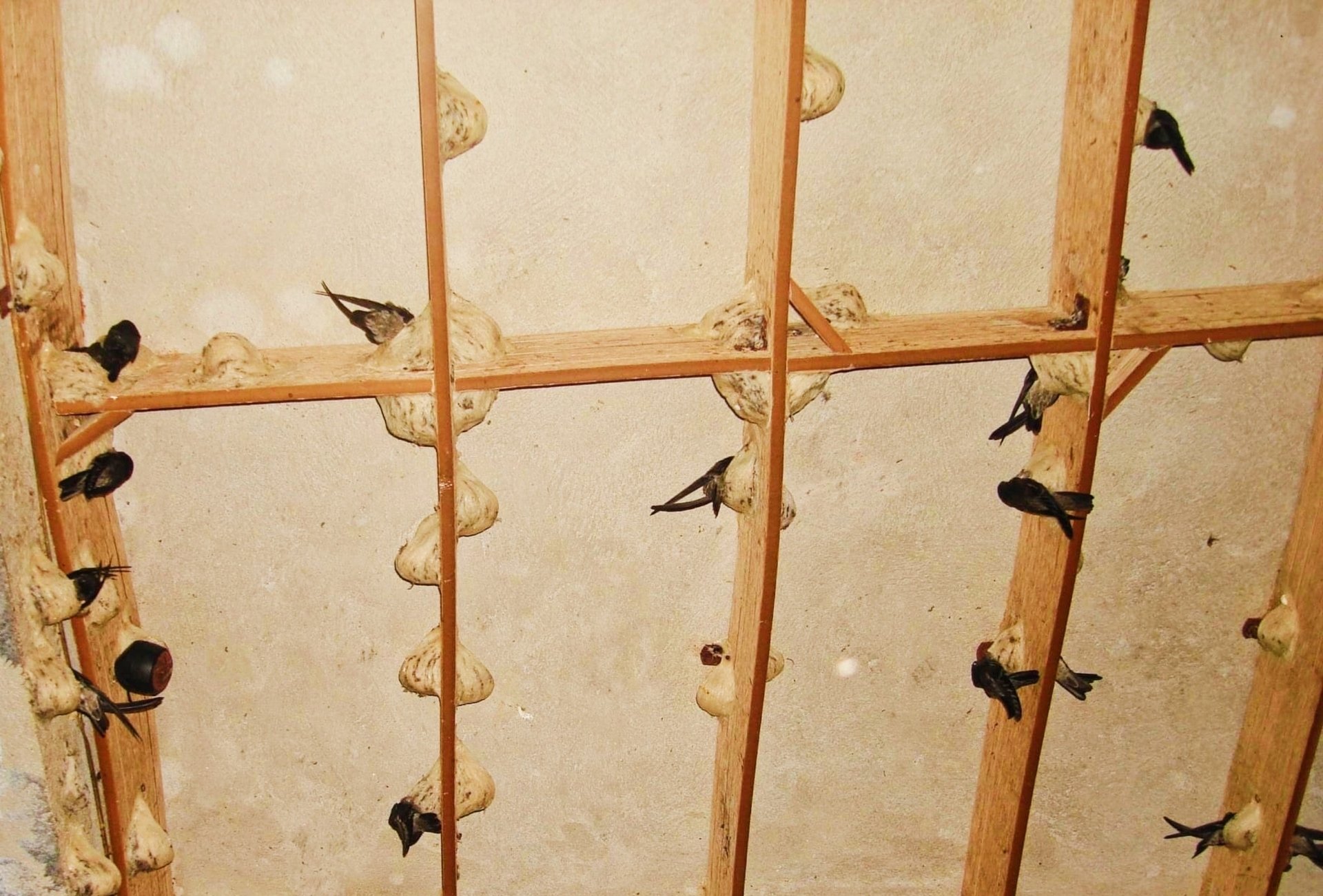
According to the Convention on International Trade in Endangered Species of Wild Fauna and Flora (CITES), swiftlets are considered a rare and endangered wildlife species that require conservation and development efforts to protect their populations.
Thanks to extensive inter-sectoral efforts to curb the illegal trapping of swiftlets outside their natural habitats, the fields in the eastern communes of Tuy Phuoc district no longer contain a dense network of "invisible" nets after the rice harvest.
During the peak of efforts to prevent illegal swiftlet hunting within one month after the end of the late summer rice harvest, local governments in Phuoc Thuan commune, Tuy Phuoc district have discovered five locations with "invisible" nets for illegal swiftlet hunting in fields in Pho Trach, Tan Thuan, and Quang Van hamlets. Consequently, ten nets, a loudspeaker system, a battery, and a sound amplification device were confiscated.
Additionally, the Swiftlet Association of Binh Dinh province collaborated with local governments and discovered multiple cases of illegal swiftlet hunting using "invisible" nets.
"According to the CITES Convention, swiftlets are a rare and endangered wildlife species that require conservation and development efforts. Vietnam became a party to the CITES Convention in 1994. In addition, swiftlets are categorized as Group IIB in the list of endangered and rare animals in Vietnam. Article 25, Point e under Decree No. 13/2020/ND-CP, which provides detailed guidance on the Law on Livestock, strictly prohibits the hunting and trapping of swiftlets."
Translated by Nguyen Hai Long
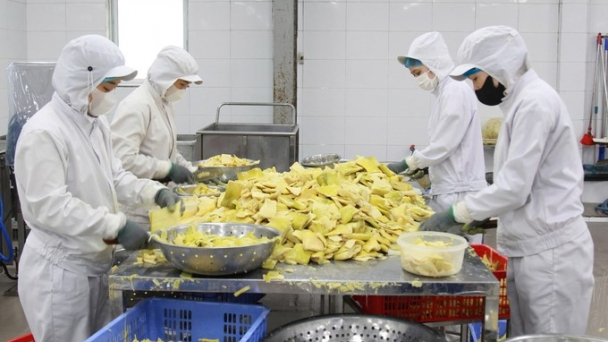
(VAN) The loyalty and close linkage between farmers and businesses in the production chain of Bat Do bamboo shoots will help protect the brand and expand the export market.
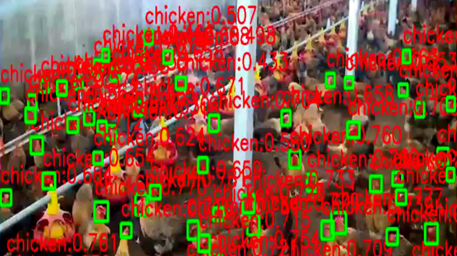
(VAN) In 2025, Xiashu Technology invested heavily in the R&D of artificial intelligence algorithms and is committed to the intelligent improvement of poultry hatching, breeding, and slaughtering.

(VAN) Mr. Johan van den Ban - CEO of De Heus Vietnam, encouraged international businesses to come to Vietnam to see firsthand the investment potential in the agricultural sector.

(VAN) The Nhu Oanh essential oil cooperative has expanded its medicinal plant cultivation area to 60 hectares and supplies over 300.000 seedlings annually.
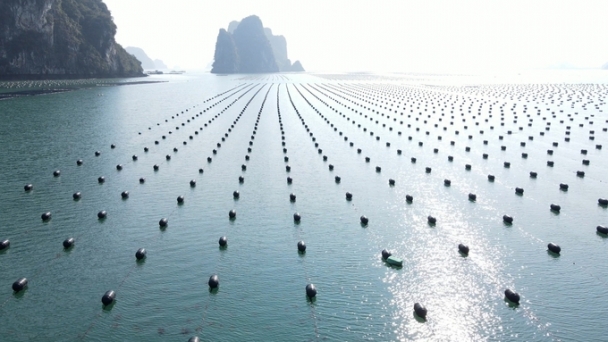
(VAN) Deputy Minister of Agriculture and Rural Development Phung Duc Tien emphasized this at the conference on ‘Development of mollusk and seaweed production’ held on the morning of December 26 in Nam Dinh.
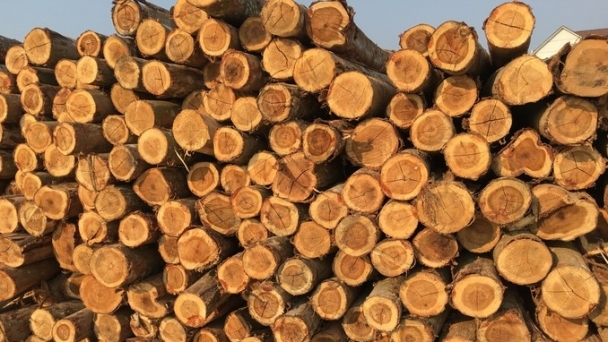
(VAN) Small planted forest timber is currently priced at 1.5 million VND/ton; large timber is priced at up to 1.8 million VND/ton; large timber with FSC certification is priced 20-30% higher than normal large timber.
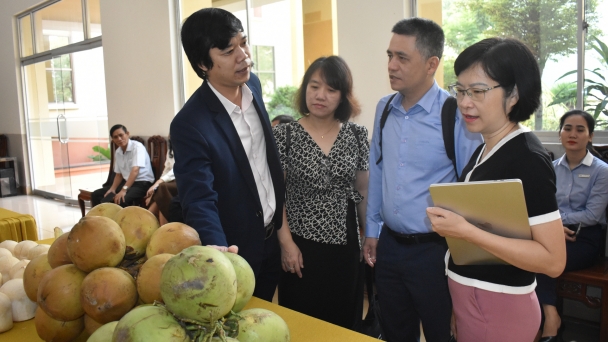
(VAN) The Vietnam Coconut Association has noted that the water coconut industry is thriving in Vietnam. Nevertheless, its development is still uneven, suggesting that there is a substantial untapped opportunity to attract foreign investors.